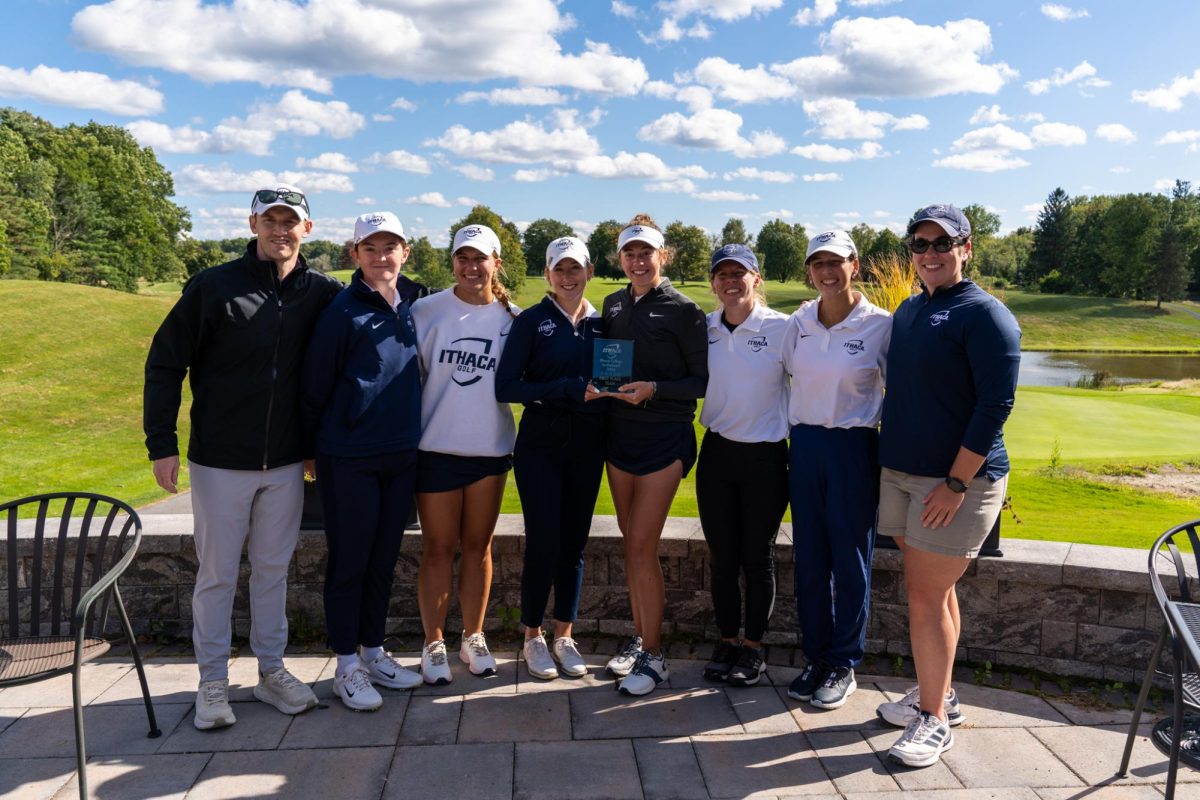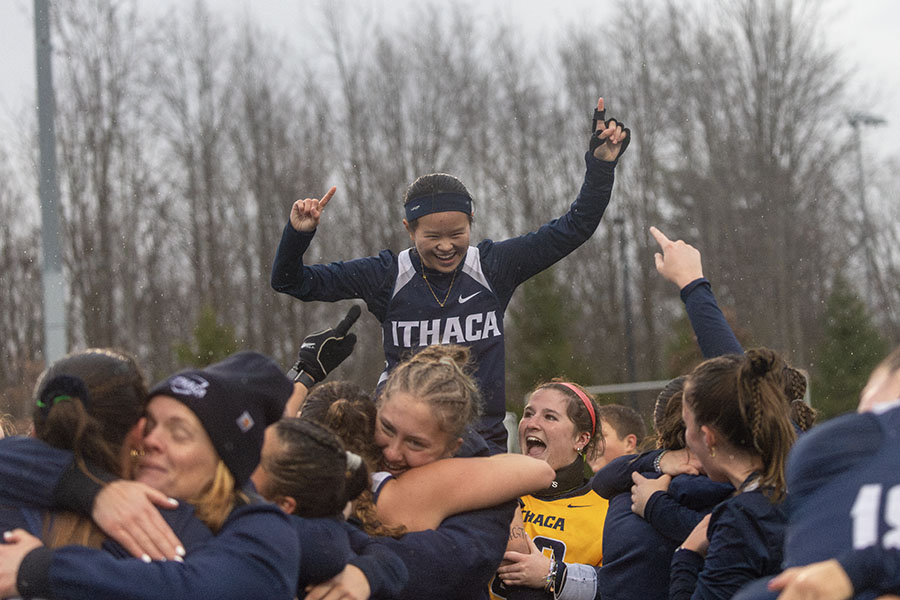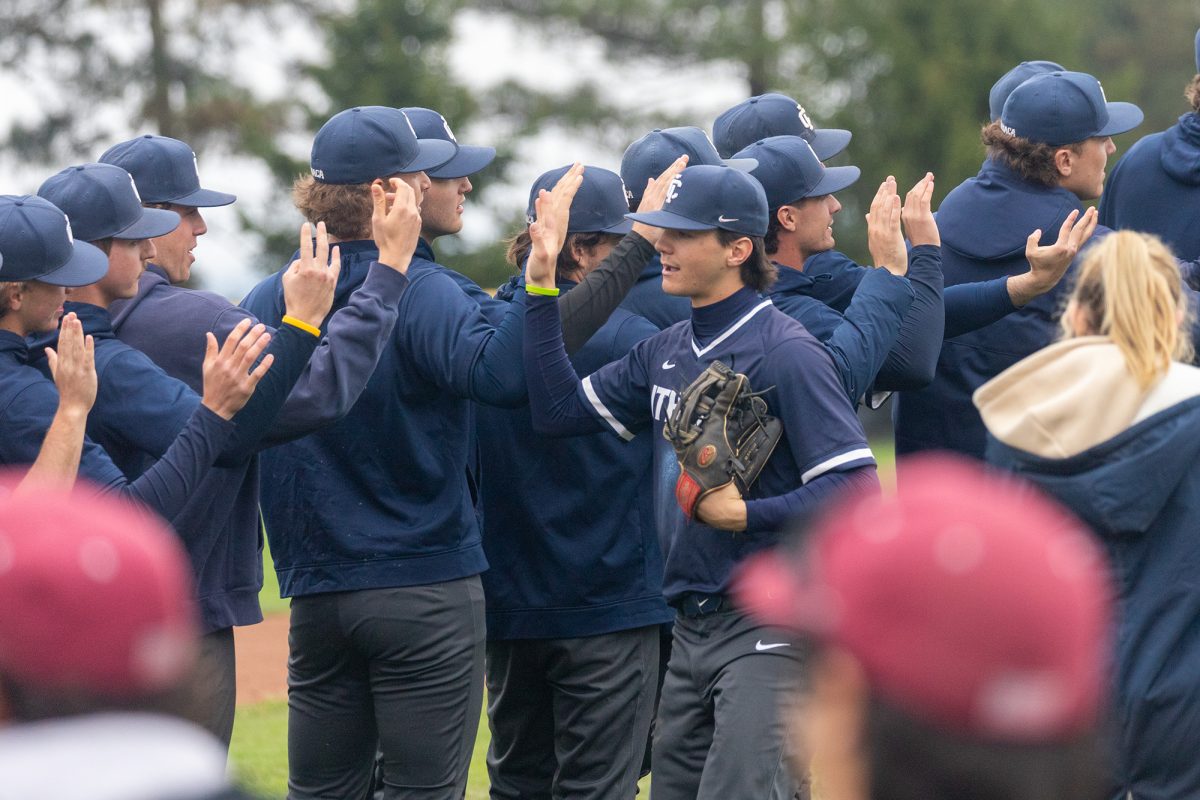Academic ideals, geographic proximity and historic rivalries once decided the schools that made up a conference in the NCAA. Now one thing determines conference alignment in NCAA athletics — money.
Traditional conferences at the Division I level have been sliced, spliced and gutted into pieces. A mess of schools now find themselves scrambling to find a conference that will provide them with the most lucrative opportunity.
Last year, the University of Nebraska, an original member of the Big-12 Conference, jumped to the Big Ten Conference. The closest school in the conference to Nebraska is the University of Iowa, which sits 304 miles away. Texas Christian University, which will begin playing in the Big East Conference next season, will find itself 868 miles from its closest competition, the University of Louisville.
The Pac-12 Conference, formerly the Pac-10, expanded this season to include the universities of Utah and Colorado, extending farther east than ever before.
A move that has fans in our region puzzled is Syracuse University and University of Pittsburgh, two original members of the Big East Conference, jumping to the Atlantic Coast Conference. The two schools will join former Big East schools Boston College, the University of Miami and Virginia Tech.
With conferences now locking up big television contracts with networks like ESPN, CBS and Fox Sports, and many conferences starting up their own networks, schools are doing their best to grab a piece of the expanding pie.
The Sports Business Journal reported Monday that Syracuse University and University of Pittsburgh joining the ACC will allow the conference to rework its television deal with ESPN, which was considered well below market value. Conference officials signed the deal before the start of the academic year.
The idea of these super conferences is nothing new. A booklet titled “Developing the Super Conference,” released in 1990 by college sports television syndicator Raycom Sports, touted the idea of four 16-team super conferences centered on football.
It’s clear that the idea has been percolating in the heads of athletic directors and school presidents for quite some time. So why have we been left in the dark for so long?
With schools and conferences now raking in millions of dollars in television revenue each season off of basketball and football, collegiate sport has become as money-driven as professional sports, only with amateur athletes.








